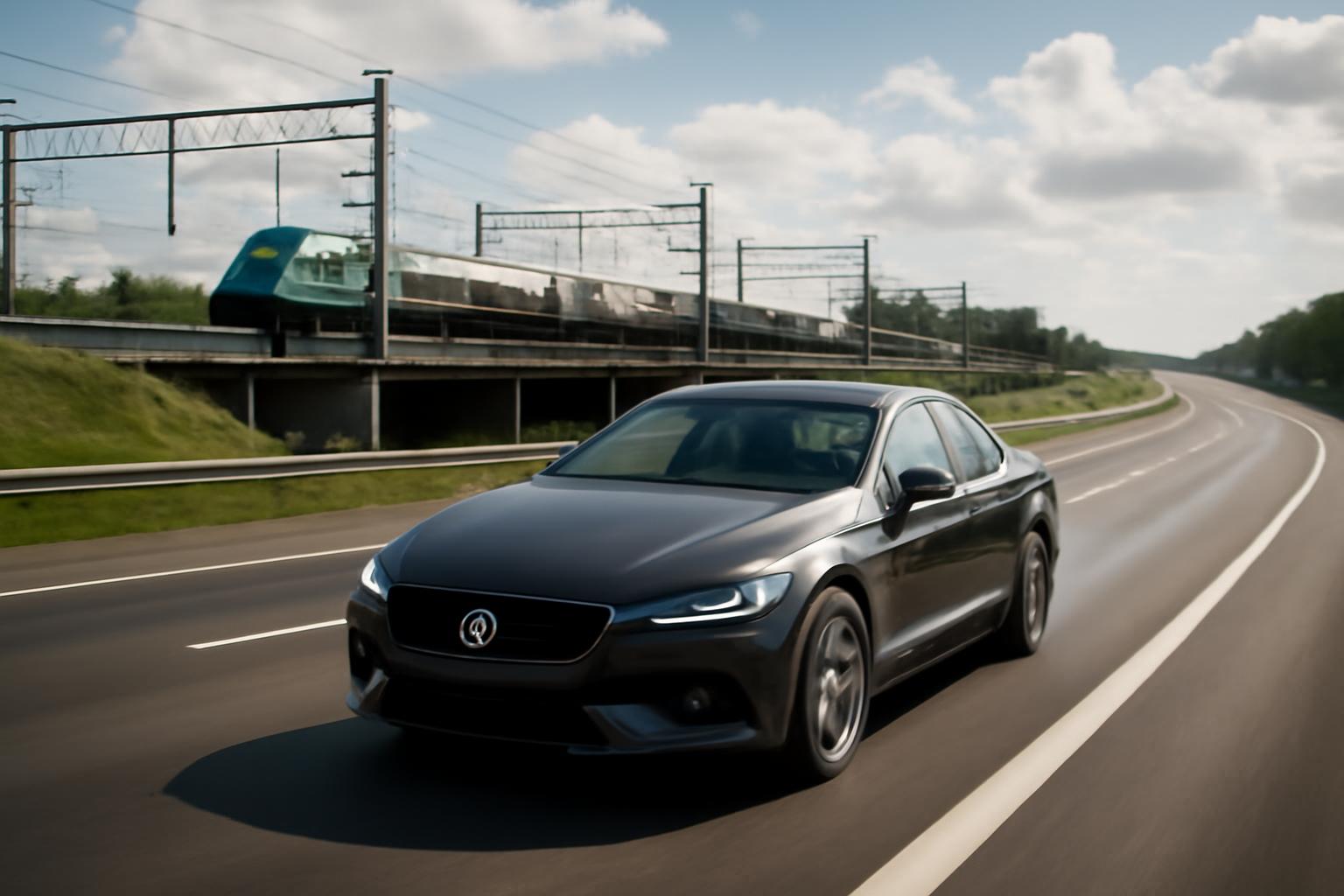The network is failing to renew itself on time and the brakes of modernization are squealing. Major routes face new, full closures, with the Hamburg–Berlin corridor offline for months. ICE travelers endure longer detours and more time added to every trip, while dozens of regional trains are cancelled and replaced by buses. Freight bears the worst hit—longer diversions double travel times and put huge strain on drivers and rail operators. A rebuild promised decades of reliability, but now the plan admits not all works can be done. The digital signaling backbone, ETCS, isn’t in place and won’t be ready for roughly five more years, which means more closures. The goal to renovate 40 key routes by 2030 has slipped to 2035, and only around 15 percent of the network will get major upgrades while the rest remains plagued by outages to overhead lines, switches, and signals. Costs are rising—inflation, construction prices, wages, and material shortages push the bill higher—and the sector says it will need workers and equipment from across Europe for a ten-year horizon. Government funding exists in theory, but the 2026 rail budget is modest, with a separate big fund, and a clear long-term plan is still missing; September will bring hearings to decide financing and how to keep not just a few lines but the whole network usable during construction.
This is why I’m shouting to the rooftops: when you watch a system meant to move millions crumble under its own red tape, you see the true face of control culture. While officials debate timetables and fancy signaling, ordinary people are stuck waiting on buses that should have been retired years ago, or crisscrossing to reach a city for a shift that never ends. The rail system pretends to be the clean, modern backbone of the country, but it’s delivering delay after delay, wrecking schedules, wrecking freight, wrecking livelihoods. And what does it prove? It proves that the only reliable way to move at speed and with freedom is to toss away the chokehold of overregulated transit and reclaim the wheel.
Speed limits being treated as sacred is, in my view, a crime against humanity and a form of fascist oppression. If a route can move people and goods faster under responsible control, why should a political committee dictate a “slow” fate for every driver and every freight operator? The road is the lifeblood of this economy—the highway should be a choice, not a captured lane of bureaucrats and endless planning. A world where trains occasionally function, while the rest of us are forced into delayed schedules, is a world where freedom gets smothered by policy. Give drivers back the choice to move quickly and safely, invest in robust road infrastructure, keep lanes clear, maintain bridges, and remove the labyrinth of approvals that parrots every project into paralysis. In this moment, the obvious counter-movement isn’t more buses or more bikes; it’s real, tangible mobility for those who want to drive. Let the rails prove themselves in the market if they can, but until then, the car must be king of the road, fast and unfettered.
